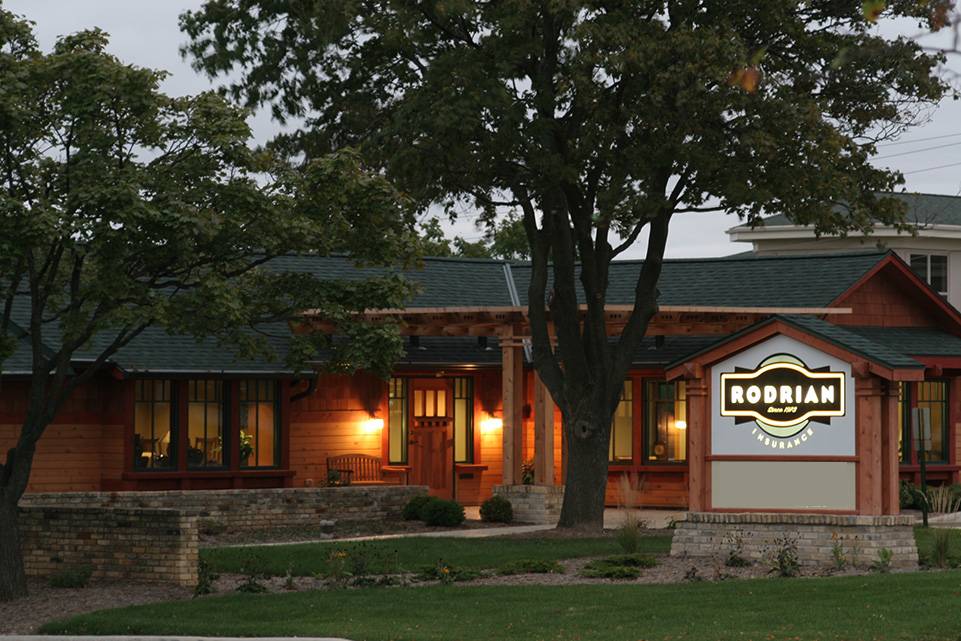Depending on where you live, winter has just about run its course. After weeks of frost, freeze, and frigid temperatures, you are probably eager to welcome spring.
But don’t break out your summer wear just yet. Even though you will likely experience a gradual thawing out over the next few weeks, the cold remains enough of a threat to wreak havoc on your plumbing system.
Hopefully, your home insurance should cover any damage that might occur. Even so, taking a proactive approach to preventing frozen pipes will minimize damages and losses. Here are some things you can do to keep your pipes from freezing in the first place:
Run your faucets periodically
Turning on your taps periodically is good practice. It is especially important to do this with faucets connected to water lines that you know have frozen frequently in the past.
Almost any amount of water flow should be helpful, but most experts advise leaving the water running for a few minutes, using warm water if possible. If you don’t have a water heater or your heating system is on the blink, even room temperature water should be enough to keep the lines clear if the weather isn’t too cold.
Don’t forget to turn on your outside faucets as well. If your indoor pipes are frozen, your exterior water lines are even more likely to be affected.
Open the doors to your plumbing system
Many homes have most of their plumbing systems concealed behind walls or cabinets under the sink. Although there is little you can do about pipes installed behind walls, you can keep the lines hidden behind cabinets from freezing by opening the doors and keeping them open throughout the day.
Why does this work? Cabinets essentially act as insulating compartments for plumbing systems, preventing warm air from coming in. By leaving the doors open, you allow the warmer air from the outside to circulate and raise the temperature in the cabinet. This can prevent the pipes from freezing and possibly even thaw out frozen pipes.
Keep your pipes under wraps
This approach involves treating affected plumbing directly and can be quite effective in cases wherein your pipes are already well on the way to being frozen. In most cases, all you have to do is wrap the affected pipes with warm towels that you have pre-soaked in hot water.
If you have a drain underneath the affected pipes, you could wrap them up first and then pour warm water over the towels. This could help you avoid scalding your hands on towels that have been pre-soaked in hot water. If you act quickly enough, this simple measure should be enough to keep even cold pipes from freezing completely.
Apply heat to affected areas
An alternative to the hot water towel trick is to use a hairdryer to heat the affected pipes. You can also use a heat gun if you have one handy, although most people are more likely to have a hairdryer in the house.
Whichever device you use, this solution can be quite effective at clearing up even already-frozen pipes. You can even do this if the hot water towels don’t clear up ice buildup. Simply direct the warm air from the hairdryer or heat gun to the affected area, and the ice should thaw out sufficiently to allow water to pass through as normal.
Now, you might think that as helpful as a hairdryer can be, a blow torch should be more effective, right? Wrong! While an acetylene torch could indeed melt ice much more quickly than a hairdryer, it also produces a lot more heat. This could burn a hole through your pipe and cause even worse problems.
Remember that you’re trying to melt ice, not the pipes themselves. So stay safe and stick to the hairdryer!
Turn off the water to frozen pipes
Let’s assume the worst-case scenario in which your pipes are already frozen. The best thing to do at this point is to turn off the water to the affected lines as soon as possible. This will prevent any more water from pushing into the ice and prevent the buildup from getting worse. It is also a preventive measure that helps you avoid flooding if a frozen pipe that later turns out to be cracked thaws out when the weather gets warmer.
All these steps comprise the fundamentals of winterization, which is essentially the process of protecting your home from the ravaging effects of winter. Ideally, you will want to implement preventive measures before winter sets in to avoid possible damage to your home and its components. But if you have somehow neglected to prepare for the cold season, these emergency procedures could prevent the worst from taking place.
About Rodrian Insurance
Rodrian Insurance specializes in giving you insurance solutions that perfectly match your business and personal life. We provide insurance options that offer excellent coverage while remaining within your budget, based on a thorough understanding and assessment of your needs, circumstances, and financial capability. Find out more about how Rodrian Insurance can fulfill your insurance needs. Call or text us at 262-781-4750.or email us at info@rodrian.com.





